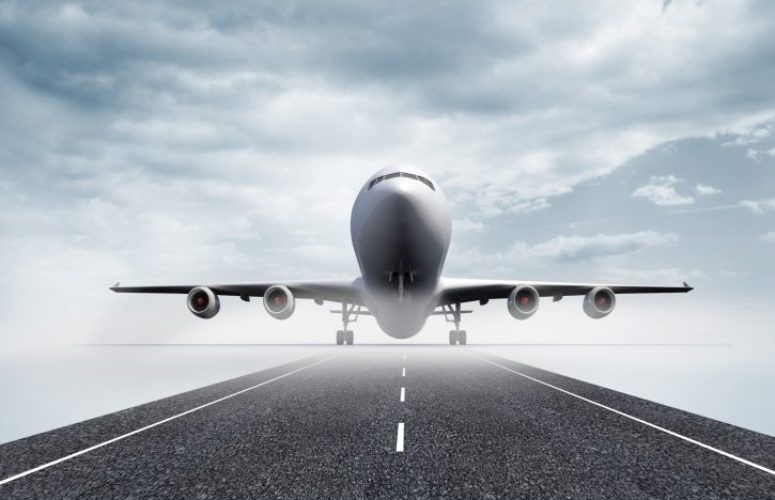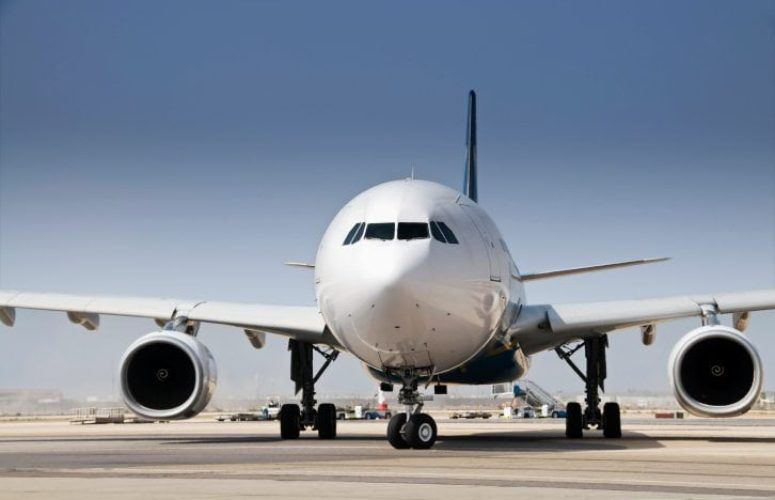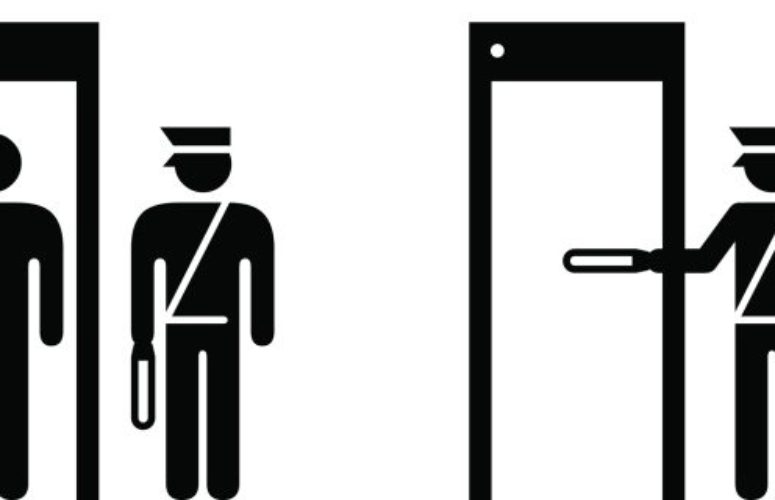
Port Authority Board Continues Aggressive Investment In Its Airport Network
On Oct 25, 2019To accommodate continuing record passenger growth at the Port Authority’s three major airports, the board of commissioners moved aggressively forward to invest approximately $4.5 billion in critical transportation projects to rebuild legacy airport facilities to 21st Century, customer-friendly standards and to build new infrastructure such as AirTrain LaGuardia and a new AirTrain Newark that are needed to provide travelers with a convenient, time-saving mass transit option to the airport.
The board’s actions come with the backdrop of unprecedented, record-breaking growth at the Port Authority’s airports – John F. Kennedy International, Newark Liberty International and LaGuardia. That growth has necessitated quick, decisive action to modernize and upgrade these facilities and related infrastructure, which were built during a bygone aviation era and are not suited to accommodate current and future travel demand and new modern aircraft. At the airports through September, passenger volumes grew by 1.9 percent above the 103.8 million passengers handled in 2018, the previous record high for that nine-month period. This past summer, the three major airports collectively handled more passengers than ever before in the Port Authority’s history.
To allow the Port Authority to keep pace with this unprecedented growth, and to improve the customer experience for airport passengers, the board took the following specific actions:
- Authorized $2.05 billion to develop AirTrain LGA, which would connect the airport with a new station at Willets Point linked to enhanced Long Island Railroad service to and from New York City.
- Authorized $2.05 billion to develop a new AirTrain Newark to serve Newark Liberty International Airport. The new AirTrain would replace the existing 3-mile monorail system that opened in 1996 and has outlived its useful life.
- Authorized $35 million to pay for vision and master planning initiatives that would allow for the future replacement of Terminal B at Newark Liberty International Airport with a new world class Terminal Two.
- Authorized $445 million to provide for early work items to facilitate the development of the $13 billion JFK Redevelopment Program, including the creation of new aircraft hardstand parking.
“Today’s actions reflect our commitment to rebuild our legacy airports and invest in new infrastructure to accommodate the unprecedented levels of air passenger growth,” said Port Authority Chairman Kevin O’Toole. “Ensuring continued progress on these projects will enable us to provide 21st century facilities that offer the world-class customer experience our passengers expect.”
“This board takes its fiduciary responsibilities seriously and is investing money in critical airport projects that will provide the greatest benefit to our customers,” said Port Authority Vice Chairman Jeffrey Lynford. “These projects not only provide first-class facilities but will allow convenient, quick access to our airports and accommodate the phenomenal growth we are experiencing.”
Details on the projects authorized by the Board, all of which are subject to the applicable environmental review processes, are as follows:
AirTrain LaGuardia
The AirTrain LaGuardia project – currently in the environmental review process – would allow for the first time a rail mass transit connection to the airport via a new station at Willets Point. It would provide travelers with a 30-minute trip from midtown Manhattan.
The proposed project would connect customers to the AirTrain via the Long Island Railroad’s Port Washington line or the MTA’s No. 7 line subway. The project includes three stations – two on-airport and one serving the two rail Mets-Willets Point stations – and an Operations, Maintenance and Storage Facility adjacent to the station at Willets Point that would also provide parking for roughly 500 LaGuardia Airport employees. It is estimated that 6-10 million passengers will access the AirTrain system via public transit each year.
The AirTrain LGA project would be delivered using a design-build-operate-maintain (DBOM) project delivery, a procurement model that combines the design and construction responsibilities of design-build procurements with a multi-year commitment to operate and maintain the AirTrain.
In May 2019, the Federal Aviation Administration (FAA) began the formal environmental review for the project. Future Board authorization will be needed for the award of the DBOM contract and is dependent upon the FAA’s issuance of the Record of Decision.
AirTrain Newark
As part of its reassessed 2017-2026 Capital Plan, the Port Authority committed to building a new AirTrain system to serve Newark Liberty International Airport. The AirTrain system carries an average of 33,000 passengers a day or approximately 12 million passengers a year. It provides access to the Northeast Corridor Rail Link and allows travelers and employees the ability to transfer between terminals, parking lots and rental car facilities.
The existing AirTrain system opened in 1996 and has outlived its useful life. It requires extensive maintenance and repair and cannot efficiently meet current or forecasted demand.
Various options will be considered with respect to the program delivery, including a Design, Build, Operate and Maintain (DBOM) contract. Future Board approvals will be needed to award the final design and construction of the system and supporting infrastructure, and to operate and maintain the system. Final design and construction of the new AirTrain is targeted on 2021.
New Terminal Two – Newark Liberty International Airport
With the first redevelopment phase for Newark Liberty International Airport underway – construction of the new Terminal One – the reassessed 2017-2026 Capital Plan provided for $35 million in planning dollars for vision planning to advance the master planning efforts for the redevelopment of the airport, and, consistent with the vision planning efforts, provide for planning work for the development of a new Terminal Two to replace the existing Terminal B.
Terminal B – which opened in 1973 – is not designed to meet the needs of 21st century air travelers and already exceeds capacity for the number of passengers it can handle.
The future development of a new Terminal Two necessitates a comprehensive assessment of the infrastructure and facilities needed to accommodate long-term passenger growth.
JFK Redevelopment Early Action Work
In October 2018, Governor Cuomo announced a $13 billion investment to transform and rebuild John F. Kennedy International Airport. The reimagined airport will be anchored by two new world-class international terminal complexes on the airport’s north and south sides. The Port Authority has been in negotiations with JetBlue Corporation and the Terminal One Group Association L.P., a consortium of four international airlines, which are expected to build the two major new terminals. In addition, American Airlines is undertaking an expansion of Terminal 8.
To support the new terminals, the Port Authority’s 2017-2026 Capital Plan includes $2.9 billion to be spent on Port Authority infrastructure, including roadways, airfield improvements, a ground transportation center, and utilities and electrical substations.
Today’s Board action of $445 million will pay for several early work initiatives, including: the demolition of three obsolete buildings, the relocation of the American Airlines employee parking, and reconstruction of new aircraft hardstand parking and repaving of the former Building 80 site to provide for new aircraft hardstand parking. The funding also will cover planning, design and construction of airfield enhancements on the airfield’s west side cargo area. In addition, the funding will cover construction management services, program management services and master planning work.
To access more business news, visit NJB News Now.
Related Articles:





